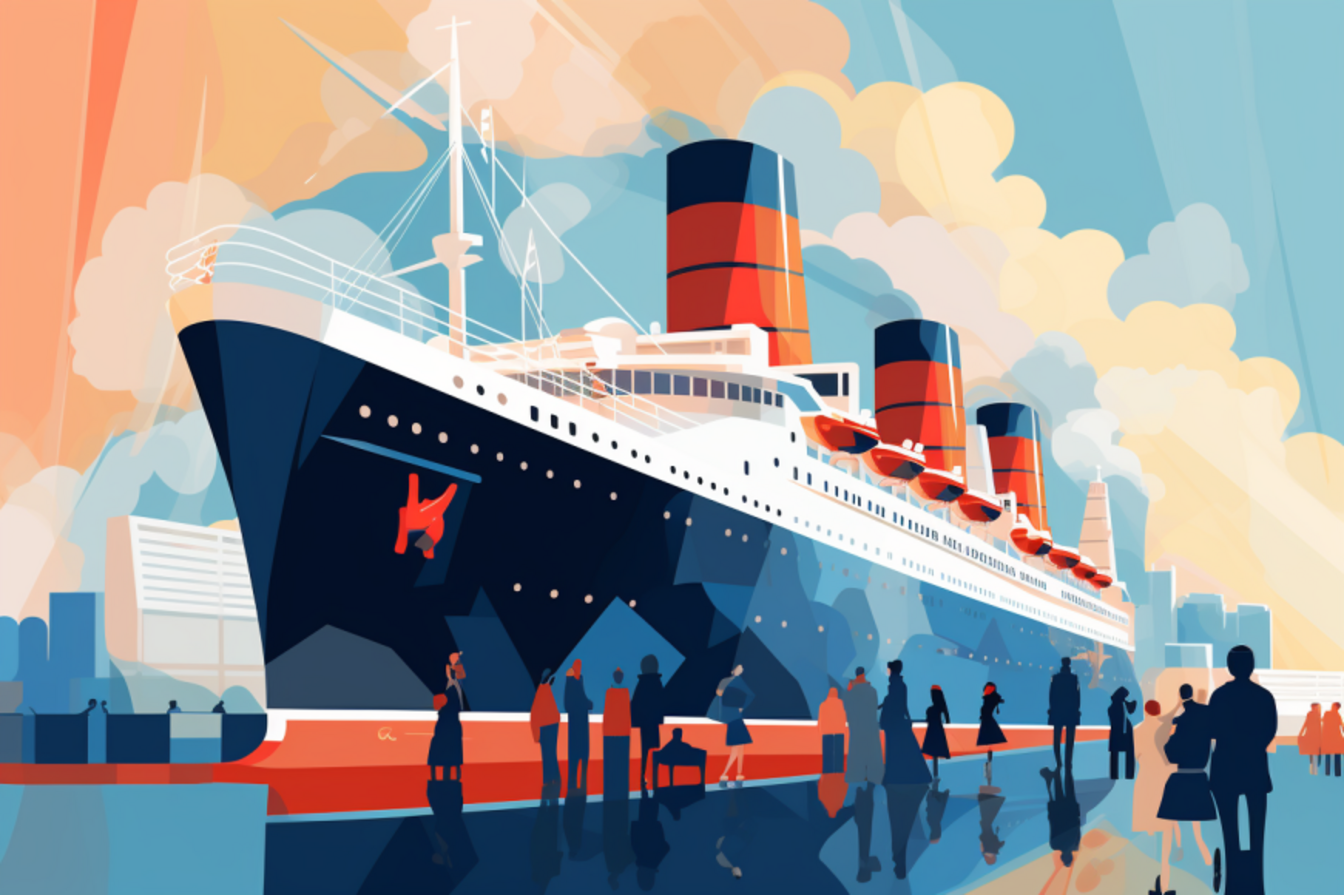When Mel McBeth and his wife booked a cruise on Cunard’s Queen Mary 2 last year, they weren’t expecting any additional charges. But that’s exactly what they got when the cruise line helped itself to another $180. It claimed was a fuel surcharge, on the day they paid for their vacation.
McBeth was sure there wouldn’t be a fuel surcharge. On the day he booked his cruise, the price of light sweet crude for December delivery fell to $59.33 a barrel on the New York Mercantile Exchange — far below the $70 a barrel-level that would have triggered the charge.
Was the Queen Mary 2 having a gas problem?
Before I continue, let me be clear about my bias: Cruise lines have no business adding fuel surcharges to their tickets.
I can understand why they would have wanted to do that a few years ago, when fuel costs were going through the roof. But just a few months shy of 2010, it’s something they should have factored into their pricing. If they can’t, they shouldn’t be running a cruise line. Simple as that.
My advocacy team and I suggested McBeth contact Cunard, asking it to adjust his fare.
On January 13, 2009, I wrote to Ms. Carol Marlow, President of Cunard Line, requesting a refund of the $180 I paid as a fuel surcharge. The reply I received stated “to be eligible for a refund of the fuel supplement the price of light sweet crude oil according to the New York Mercantile Exchange Index had to stay below $70 a barrel.”
I wrote her again that her arbitrary rule was wrong and that the price of crude at the time of my cruise was $59.33, well below $70 a barrel, and that I wanted a refund of the $180 I paid in September. She again refused.
Whey would Cunard deny what appears to be a completely reasonable request? I asked Cunard. Here’s what a representative told me:
As Mr. and Mrs. McBeth sailed on 11/29/2008, the Carnival Corporation and plc policy of which Cunard adheres to states that the NYMEX oil price for light sweet crude oil would have had to have been $70.00 or less per barrel every day between 10/20 and 11/24 (25 consecutive trading days ending 5 days prior to the voyage departure) in order for them to receive a fuel supplement refund ( which would have been in the form of an onboard credit).
In fact, the price did fluctuate above $70.00 per barrel on three days during this period:
10/20/08
10/21/08
11/4/08And so, according to the above-stated policy, Cunard is not in a position to issue the requested refund.
I hope this clarifies the situation.
It does clarify the situation
I think if Cunard had explained this to McBeth in the first place, then I wouldn’t have had to get involved. And of course I wouldn’t have needed to get involved if Cunard hadn’t done this to its customer. (Here is our ultimate guide to planning your next cruise.)
Ideally, cruise lines would lose the fuel surcharges altogether. Customers can’t stand them. Travel agents must hate them, because they’re non-commissionable and put them in an awkward position with their clients. If nothing else, the $70-a-barrel trigger ought to be raised to a more reasonable $100, which, I think we can all agree, is a lot to pay for fuel.
What do you think? Keep the fuel surcharges — or can them?




